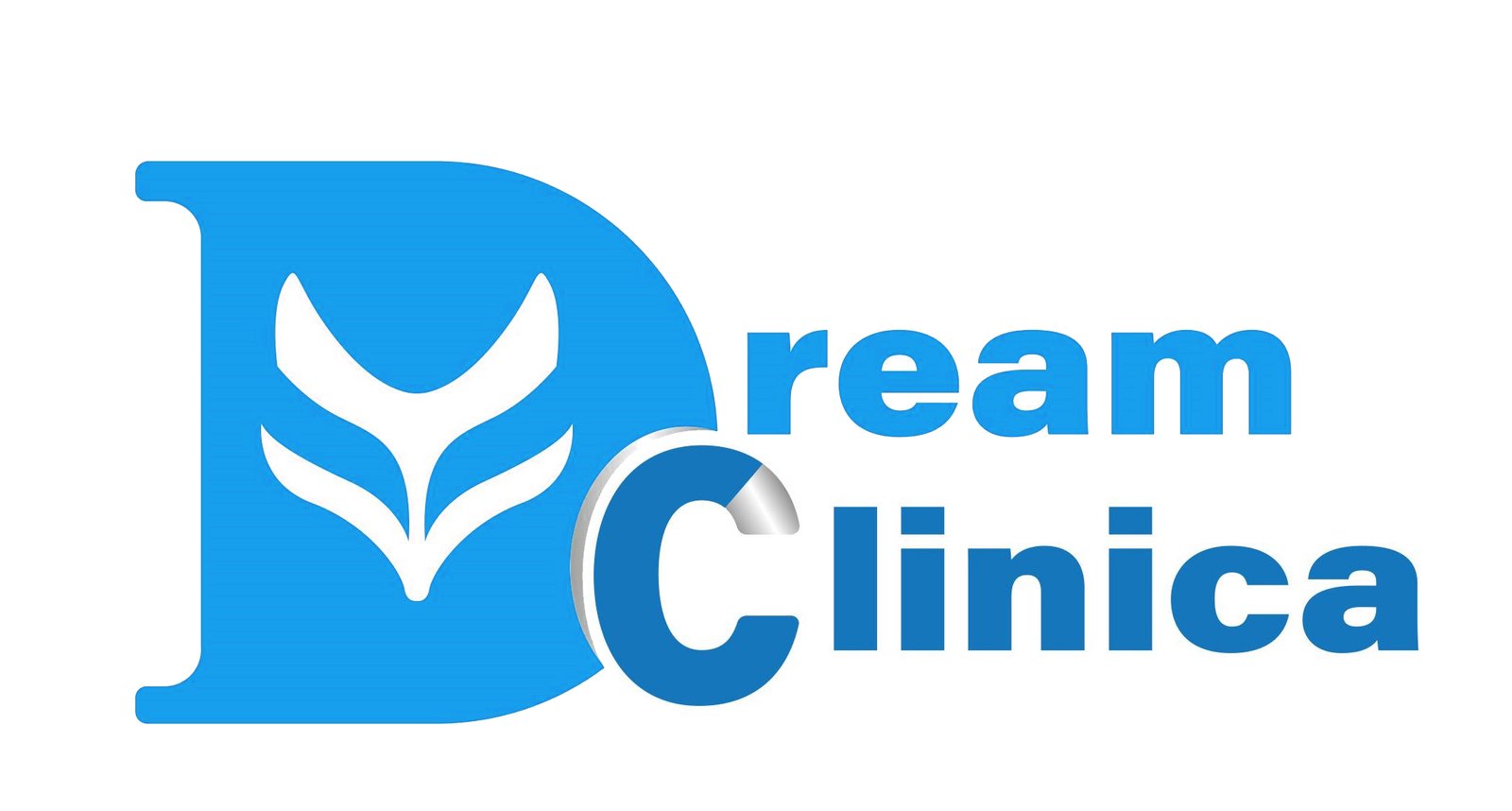
What is Invisalign®?
Invisalign is an orthodontic treatment that is designed to slowly move misaligned teeth into proper alignment. It consists of a series of clear, plastic trays which fit closely around your teeth. Invisalign® is virtually invisible on your teeth, so only you and your dentist have to know you are wearing your aligners. At the end of the treatment period, you can enjoy the straight, stunning smile you have always desired.
Who Is a Candidate For Invisalign?
Most patients who desire to have their teeth straightened are good candidates for Invisalign®. The system can treat mild to complex cases. Whether you have several teeth out of place or need your entire set of teeth straightened, it’s worth scheduling a consultation with our orthodontists to see whether you are a candidate for Invisalign®.
Common issues addressed with Invisalign® include the following:
Open Bites: An open bite occurs when some of your teeth do not touch the teeth on the opposing jaw. Open bites can contribute to TMJ pain and difficulties with speech, so it is important to address them with orthodontic treatments.
Crowded Teeth: If your jaw is too small or your teeth are too large, your teeth may appear overcrowded and crooked. Your dentist may need to remove several teeth from your jaw before using Invisalign to straighten the remaining teeth.
Crossbites: When one tooth bites against the inside of the opposing tooth, this is known as a crossbite. It can lead to premature tooth wear and bone loss, so it’s important to treat for the future.
Underbites, which occur when the bottom teeth protrude further than the top teeth, and overbites, which occur when the top teeth protrude too much further forward than the bottom teeth, can sometimes be addressed with Invisalign®. In serious cases, your orthodontist may recommend another treatment, like a jaw expander, for your underbite or overbite. However, you may be able to use Invisalign® in the final stages of treatment.
Invisalign® is a good option for teens who want straighter teeth, but it also works well in adults. Many adults who once had braces but whose teeth have since shifted frequently become Invisalign patients with great success in their treatments.
If you are an adult who never had braces but who has always desired a straighter smile, Invisalign® may be a good choice for you, too. The best way to find out if you are a candidate for Invisalign® is to schedule an appointment with our local orthodontists. He or she will use various techniques including x-rays and specialized imaging software to determine whether Invisalign® is a safe and effective choice, as well as giving you a glimpse of what your smile may look like after treatment.
How Does Invisalign® Work?
If your orthodontist determines that you are a good candidate for Invisalign®, the first step will be creating custom trays for your teeth. When the trays are ready, you will pick them up from your orthodontist and he or she will show you how to put them in and take them out.
One great thing about Invisalign® is that you only have to wear the trays for 20 – 22 hours a day in order to get optimal results. You take the trays out to brush your teeth morning and night. You also remove the trays before eating a meal, which means you can enjoy all of your favorite foods with no limitations. Just remember to put the aligners back in place after you finish eating. It’s okay to drink water while wearing Invisalign®, but you must remove them before drinking other beverages to avoid staining the aligners and exposing your teeth to too much sugar.
Each set of aligners slowly pushes your teeth into the desired position. You’ll change to a new set of aligners about every two weeks throughout your treatment period. Every six weeks or so, you will have a checkup with your orthodontist so that he or she can monitor your progress.
Every case is different, and your orthodontist will tell you how long you need to wear your aligners during your initial free consultation. Most adult patients need to use Invisalign® for about 12 months; teens may need to wear their aligners for longer. If you previously had braces and just need a “touchup” to re-straighten your smile, you may only need to wear Invisalign® for 6 months or less. In order to straighten your teeth as quickly as possible, you need to be vigilant about wearing your aligners for the full recommended 20 – 22 hours a day.
It is important to keep your aligners clean throughout the treatment process. Invisalign® makes a specialized cleaning system, but you can also clean them by brushing and rinsing them, much like you do with your teeth.
What Are The Benefits of Invisalign® Over Traditional Braces?
Invisalign® is often preferred over traditional braces because it is virtually invisible. Teens who are self-conscious about their appearance don’t have to be worried about smiling in public w
Facial harmony is achieved by repositioning the chin to balance other facial features such as the nose, lips and forehead. Chin positioning also helps to provide a lip seal on the teeth (lip efficiency), thus improving the appearance and protecting the teeth.
This article explores everything you need to know about chin augmentation, including the types of chin augmentation surgery, who is the ideal person for them, their advantages and disadvantages, the stages of chin augmentation surgery, chin augmentation recovery, and complications.
What is chin augmentation?
Genioplasty is a surgical procedure performed by professionals that aims to improve the appearance of the face by harmonizing the jaws, nose, chin, and smile. Chin reshaping involves changing the shape and symmetry of the patient’s face. This procedure can be performed alone or in combination with other surgical procedures related to the jaw to achieve the desired medical or cosmetic result for the client.
